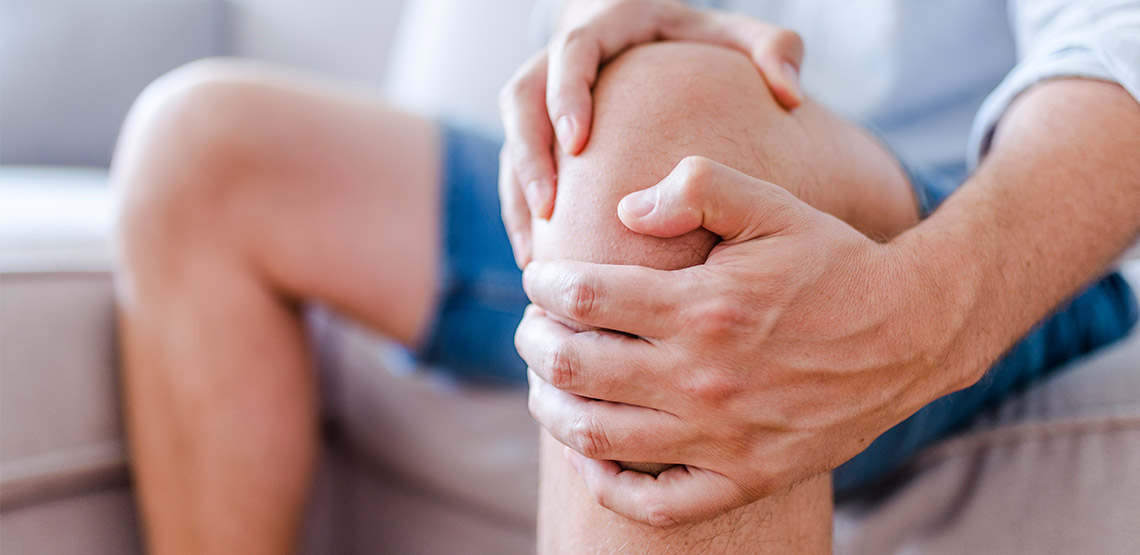Hyperhidrosis Symptoms
Everyone sweats from time to time. Sweating serves an essential function in your body. It helps cool the body and eliminate chemicals. While the ability to sweat is important, some people may have excessive sweating.
What Is Hyperhidrosis?
Hyperhidrosis is a condition that involves excessive sweating, even in unlikely situations. Sweating is more common during exercise or in hot weather, and this perspiration serves to cool the body down.
People with hyperhidrosis sweat in other situations, such as cool weather or even if there is no trigger. The sweating may come from the underarms, feet, hands and face. The condition may start in childhood or develop later in life.
The exact number of people that have hyperhidrosis is not completely known, because not everyone seeks treatment. But according to the International Hyperhidrosis Society, about 15.3 million people in the United States have the condition, which is approximately 4.8% of the population.
What Causes Hyperhidrosis?
There are two types of hyperhidrosis: primary and secondary. Researchers are not always sure why some people develop primary hyperhidrosis. It is thought the condition may be genetic in some cases.
According to the International Hyperhidrosis Society, primary hyperhidrosis usually starts in childhood or adolescence. Most people with primary hyperhidrosis have more than one area of their body that is affected.
Secondary hyperhidrosis involves excess sweating that develops due to another medical condition or as a side effect of medications. Usually, secondary hyperhidrosis starts in adulthood. It may involve sweating in the entire body or only one area, such as the hands.
Causes of secondary hyperhidrosis include:
- Alcohol abuse
- Diabetes
- Spinal cord injury
- Heart disease
- An overactive thyroid
- Parkinson’s disease
Certain medications may also lead to hyperhidrosis. For example, some antidepressants, such as protriptyline, can occasionally cause hyperhidrosis as a side effect.
Hyperhidrosis Symptoms
Symptoms of hyperhidrosis may involve the feet, hands, face, underarms and other areas. Typically, excess sweating symptoms may include:
- Excessive sweating occurring for at least six months without a known reason
- Excess sweating at least once a week
- Excessive sweating that started at age 25 or before
- Sweating that occurs on both sides of the body
- Excessive sweating that interferes with activities, such as work or school
The hyperhidrosis symptoms usually do not cause physical complications, but if the problem is severe enough, it can lead to additional concerns including:
- Heat rash, which occurs if the sweat ducts become blocked
- Bacterial infections around the hair follicles
- Toenail infection, due to moisture leading to fungus growth
Even if physical complications do not occur, many people with hyperhidrosis develop emotional issues. The condition can lead to embarrassment, anxiety and a decrease in self-confidence. It can impact a person’s relationships and job.
Related Search Topics (Ads)
Diagnosis
If you think you have hyperhidrosis or have been experiencing excessive sweating, it is best to see a board-certified dermatologist for an evaluation.
To make a diagnosis, your doctor will perform a physical exam, which involves looking at the areas where sweating occurs. Your doctor will also take a medical history to determine when excess sweating occurs.
In some cases, a sweat test may be ordered. This test involves placing a chemical on the skin that turns purple when it comes in contact with water. This allows the doctor to see the precise areas where you are sweating. If the doctor suspects you may have another medical condition that is causing hyperhidrosis, additional tests may be ordered.
Treatment and Coping Options
Depending on the severity of the hyperhidrosis symptoms, self-care tips may be all that is needed. In other instances, if at-home remedies are not enough, medical treatment may be recommended.
Self-care tips:
- Use an antiperspirant instead of a deodorant; antiperspirant reduces sweating.
- Wear footwear that allows air to circulate, such as sandals.
- Keep track of triggers. Some common sweating triggers include spicy foods, alcohol and hot drinks, such as coffee.
When medical treatment is recommended, there are different options to choose from. The severity of your symptoms and the number of body parts affected may play a role in selecting the best treatment option.
Treatments include:
Hyperhidrosis medication: Anticholinergic medications inhibit the transmission of certain nerve impulses. By decreasing the parasympathetic nerve impulses, sweating may diminish. Improvement in symptoms may take about two weeks. Anticholinergic drugs may be a good option for those that have widespread sweating.
Botox injections: Have you heard of Botox for sweating? Botox injections block the nerves that may trigger sweating. The injections are administered to the area of the body that is affected, which means you may need more than one injection. It takes about a week for Botox to take effect. The length of time the injections last varies. Usually, Botox for hyperhidrosis lasts between four and 14 months, so injections have to be repeated to maintain results.
Endoscopic thoracic sympathectomy (ETS): ETS is a surgical treatment, which involves the interruption of the nerve paths that are associated with sweating. The procedure is considered a last resort and is only performed when the condition is severe and other treatments have not worked.
Iontophoresis: This treatment involves placing the hands or feet into a pan of water and passing a mild electrical current through water. The procedure is painless, but most people require at least two to four 20-minute treatments.


